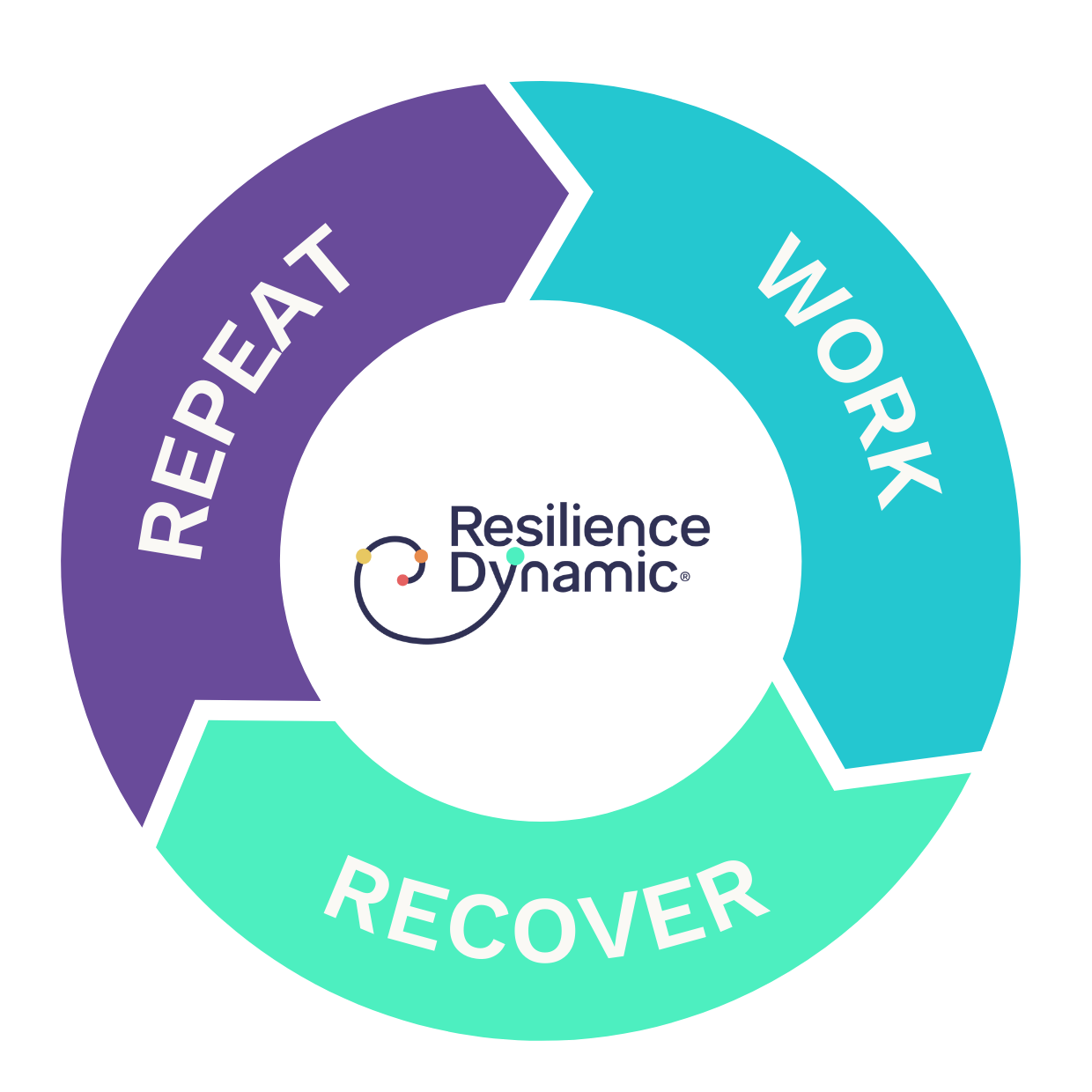Opportunity! Resilience And Wellbeing Measures
What are your Secure/Neutral/Watch areas? Introducing the world of opportunity for your resilience and wellbeing!
Let’s nail the language. What are Secure, Neutral and Watch areas, and what do they have to do with resilience and wellbeing?
Secure/Neutral/Watch are words used with the Resilience Dynamic self-assessments to describe whether you have got the drivers for your own resilience and wellbeing sorted, or if you are living and working in ways that lead to a resilience drain.
By resilience we mean your ability to adapt to change successfully – that might mean getting through challenges and it means thriving – living in a meaningful way, feeling energised and at ease. (If you want to know more about what resilience is, read ‘Resilience Is Your Adaptability To Change.)
Our self-assessments – the Resilience Dynamic® Indicator and the Resilience Dynamic® Questionnaire – both allow you to answer a set of questions according to the resilience range in which you operate. Results show your resilience average, your range, your variability, and what drives it all – your Secure/Neutral/Watch areas:
- Secure areas are just that, you can count on these to resource and boost your resilience. Brilliant! Just keep doing what you’re doing.
- Neutral areas are neither draining nor contributing to your resilience. They are your opportunities to shift things up a notch. Choose which are most energising, important and indeed are most actionable. Much of your resilience is practical, and by making small changes to your everyday habits within what is currently a Neutral area, will lead to a whole new way of operating!
- Watch areas are danger zones. These are the drivers of your resilience and wellbeing where you significantly under-invest. You may be ignoring these altogether, head in the sand, hoping the issues go away. Your lack of investment into these create a resilience drain, and if left unchanged, will lead to wellbeing and performance issues.
Why self-assess your resilience and wellbeing in the first place?
The See- Understand- Optimise framework
We experience so many of our clients on their knees, fatigued; or overwhelmed by the sheer volume of work, and the breadth of the different tasks in front of them. Or trying to navigate complex systems, continually assessing and re-assessing how best to proceed. It can be exhausting; our world is very demanding.
All of these demands lead many into Coping. Coping, whilst healthy, means you manage to get through the day, but have nothing else left in the tank. In Coping, you find it difficult to see the wood from the trees, and nigh on impossible to shift the underlying causes of overload. You operate in a WORK – RECOVER – REPEAT cycle.

The big question is, how can you break the cycle?!
Seeing your own data is a first step. Seeing genuinely how you operate is both a relief and an eye opener. Lo and behold insights and opportunities show up in the data! The Resilience Dynamic has been in this field since 2007 and has come to understand that people really engage with their own resilience; deciding to take responsibility for the way they are operating when they see their own story in the data.
The data is the first step towards realistic hope for healthy, high performance.
Why do Secure/Neutral/Watch areas work so well to boost resilience and wellbeing?
There are three principal reasons:
- The Resilience Dynamic research has hit the nail on the head when it comes to what drives resilience and wellbeing.
We don’t ask you to self-assess against anything more than is necessary. There are only 8 questions in the Resilience Dynamic® Indicator (giving you an indicative level of your resilience), and only 24 in the in-depth Resilience Dynamic® Questionnaire (the full thing).
This means you’re off to a good start. This data will show up habits and behaviours you recognise.
- The straightforward language of the Resilience Dynamic® framework removes the ickiness around the whole topic!
Once you see the resilience drivers, many of which are really practical, you can say ‘oh yeah, I can do that’. Teams find the drivers easy to discuss.
Resilience doesn’t mean boiling the ocean. It means fostering resilience skills and wellbeing habits in your day-to-day, in an integrative way. Small changes lead to big results.
- You are not labelled at one resilience level.
Resilience is dynamic, and moves up and down according to both the challenges and demands you face, together with how resourceful you are feeling that day. All the contexts of your world, in both your work and personal life, require something of you. In some you may feel under immense pressure. In others you may feel chilled and relaxed. In others again, you may feel bored, annoyed, or frustrated. No matter what, due to external demands, your resilience is therefore going up and down.
Then there is your own potential for resilience which also may change, depending on things like sleep, how often you are doing things that are energising, how secure you feel in yourself. The drivers of your potential resilience also might shift.
No one is at only one level of resilience all the time. Even those who have learnt how to achieve Breakthrough resilience do not remain there all the time. Instead, they have learnt to recognise how to foster the conditions so that their resilience is optimum. Seeing is not just believing, Seeing is the un-locker of decision and action.
What Are Your Secure/Neutral/Watch areas? Conclusion
We love when clients See- Understand- Optimise their own resilience. What a privilege to witness real agency on resilience and wellbeing! These clients act on their Secure/Neutral/Watch insights, just getting on with what, in the end, amounts to a set of straightforward actions to talk.
You might just want that same feeling for yourself.
Next Steps
For Individuals:
- Try out the simple proxy for resilience, our free Resilience Dynamic® Indicator tool.
- If you want to get a bit more detail than this, ask for a Dashboard Solo debrief which uses an individual in depth self assessment called the Resilience Dynamic® Questionnaire, together with a debrief from one of our resilience coaches.
For Teams:
- To dip your collective toes in the water, come into our next Resilience Discovery Series focusing on Building Healthy High-Performing Teams. A series of 2 x 1 hr workshops on 28 March and 18 April 2024 from 11:00 – 12:00 GMT/BST.
- Use our Team Dashboard service for enabling individuals and the full team to See- Understand- Optimise your collective resilience.

Author: Jenny Campbell Founder and CEO of the Resilience Dynamic
Follow Jenny on LinkedIn for more of her thoughts, resilience research, and ideas.
Gain exclusive access to Resilience Dynamic in-depth insights
Extend your knowledge, expand your thinking into Healthy, High Performance.
Register today and get your free login to:
- Gain exclusive access to in-depth resilience insights.
- Download and share the insights with your friends and colleagues.
- Receive resilience in-depth insights and tools straight to your inbox, every month.
If you are already receiving our resilience tools via email but it's the first time seeing this exclusive access, do register. You'll get the new exclusive insights, plus be able to download all articles. Simply complete this registration form once to get your login details.
Read our privacy policy
